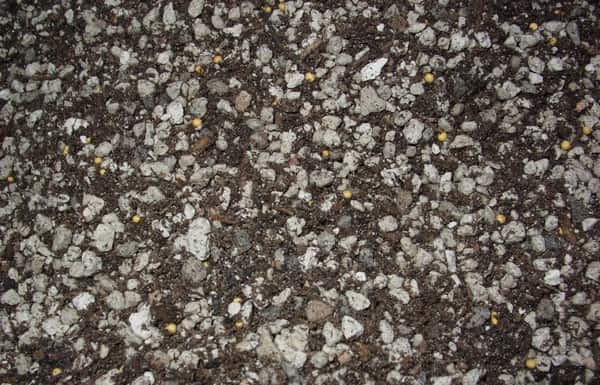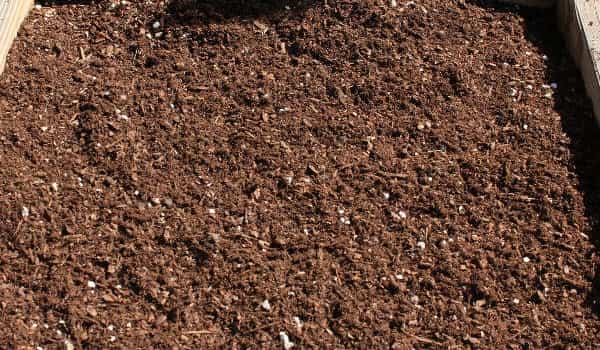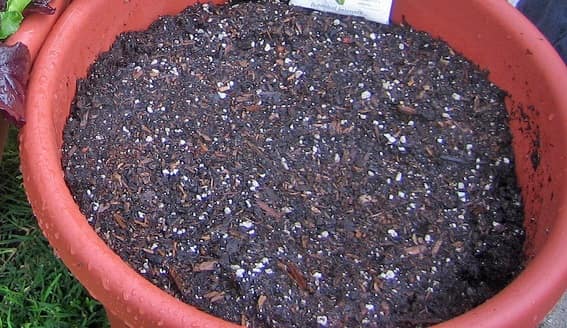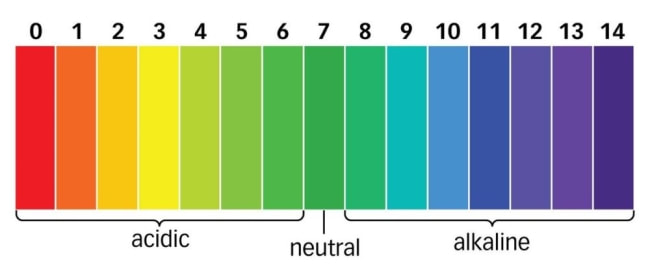Plants
How to Choose the Right Soil for Your Houseplant?

Every plant has different needs. It is important that you consider those needs, like the desired amounts of temperature, light, and water every plant prefers. Another important factor in the plant’s health is considering how to select the best soil for your houseplants. However, it is difficult to choose the right soil for your houseplants when there are so many options available out there.
While it may appear simple to choose the all-purpose soil blend from the garden center, knowing exactly what kind of soil your plants grow well in can make them happier. Here, we are going to break down the different kinds of soil and what makes up a nice potting mix for houseplants. After that, you can go with confidence to any garden center and pick up the right soil for your houseplants.
Selecting the Best Soil for Indoor Plants
It may seem like a nice idea to get some soil from your garden, but your garden soil is a bit different from potting soil and can kill your indoor plants. Also, you will face drainage issues with outdoor soil when used inside. It may comprise bacteria that can be harmful to your houseplants when trapped within an enclosed, moist space.
Outdoor gardens have better natural drainage as compared to potted plants. Plus, they are exposed to better airflow inside the soil. So, it is better to opt for potting soil for indoor gardens. However, all potting mixes are not created equally. Some potting soils contain very less organic material, some are specially designed for certain kinds of plants, some are fully equipped with nutrients, and some comprises no soil that makes them a potting mix instead of potting soil.
The cost of potting mixes and potting soils can range from cheap to a bit expensive. There is no need to choose the most expensive one. However, you have to be aware of what you need to look for within the soil.
Different Kinds of Soil
- Succulent and Cactus Mix

This blend begins with the primary component of peat moss. Peat moss is an organic matter found in various soil blends. It is known for its ability to let go of moisture when needed and absorbency. It dries out rapidly and is difficult to saturate. Thus, it prevents your cacti and succulents from being overwatered. Succulent and cactus mix should even have a well-draining rocky component, like pumice or perlite. Perlite is a white Styrofoam looking thing in a mix. It helps in retaining little moisture and enhances drainage. Within this succulent mix, soil is another key component. Like perlite, sand keeps the soil aerated and promotes compactness within the soil.
- Potting Soil

Potting soil is a blend having actual dirt. This soil is much denser as compared to potting mixes. Usually, potting soil is used for planting beds or garden. Common potting soil may even include other ingredients like vermiculite, peat moss (sphagnum), or perlite. While some soil mixes comprise these great potting mediums, potting soil is more likely to compact the soil, become waterlogged, hold moisture, and prevent aeration that most houseplants require.
- Potting Mix

Potting Mixes are designed especially for plants living in pots or containers. With their light and fluffy texture, they maximize drainage and aeration ability. Also, a potting mix keeps your soil from turning too dense. It comprises of a range of soilless potting mediums like vermiculite, perlite, wood fiber, coconut fiber, and peat moss.
What Makes a Perfect Soil Potting Mix?

When it comes to good soil, the most significant component is soil pH. This pH is measured on a measuring scale from 0 (the most acidic) to 14 (the most alkaline). If the pH of your soil is too alkaline or too acidic, it can restrict essential nutrients from being released. So, when you are fertilizing your plants but the pH level is not ideal, then the plants may not be getting any essential nutrients from it.
Many houseplants thrive well in the slighting acidic to the neutral range (6.0-7.0). If you want to check the pH of your soil, then always use a soil pH meter or soil test kit. It is easy to regulate your soil pH by adding sulfur for lowering pH or by putting in powdered limestone for increasing pH to the soil.
A perfect indoor potting mix should comprise of peat moss and other soilless mediums like perlite, vermiculite, wood, or coconut fiber. While these components are vital to the health of your plant, you can also give nutrients to the plants. It could be done using fertilizers.
What Kind of Plants Do You Have?
Different plants need different soils. Some species do not like much water, such as succulents and cacti and will prefer coarse soil having some sand for optimum drainage. If the roots of these plants are kept soaked in too much moisture, it could lead to root rot and eventually death of these plants. Go for potting soil designed specifically for succulents and cacti.
On the other hand, orchids prefer moisture. However, they need some air around the roots or else they can also rot. Soils having peat moss, fir bark, or perlite will allow for proper drainage. Several plants, such as roses like a bit acidic soil. So, pH is something that you should always look for, depending on your plants’ sensitivity.
Also, sun-loving plants that get plenty of natural, direct light will require a heavier potting soil that can retain moisture as they dry out a bit faster. One can say the opposite for low-light loving plants that spend most of their time in the shade.
So, plants have their own needs and preferences. The potting mix that you select for your houseplants has a great impact on their overall health. When selecting a potting mix, you need to look for a proper blend of soilless mediums like peat moss, wood fiber, coconut fiber, perlite, vermiculite, and/or sand.
